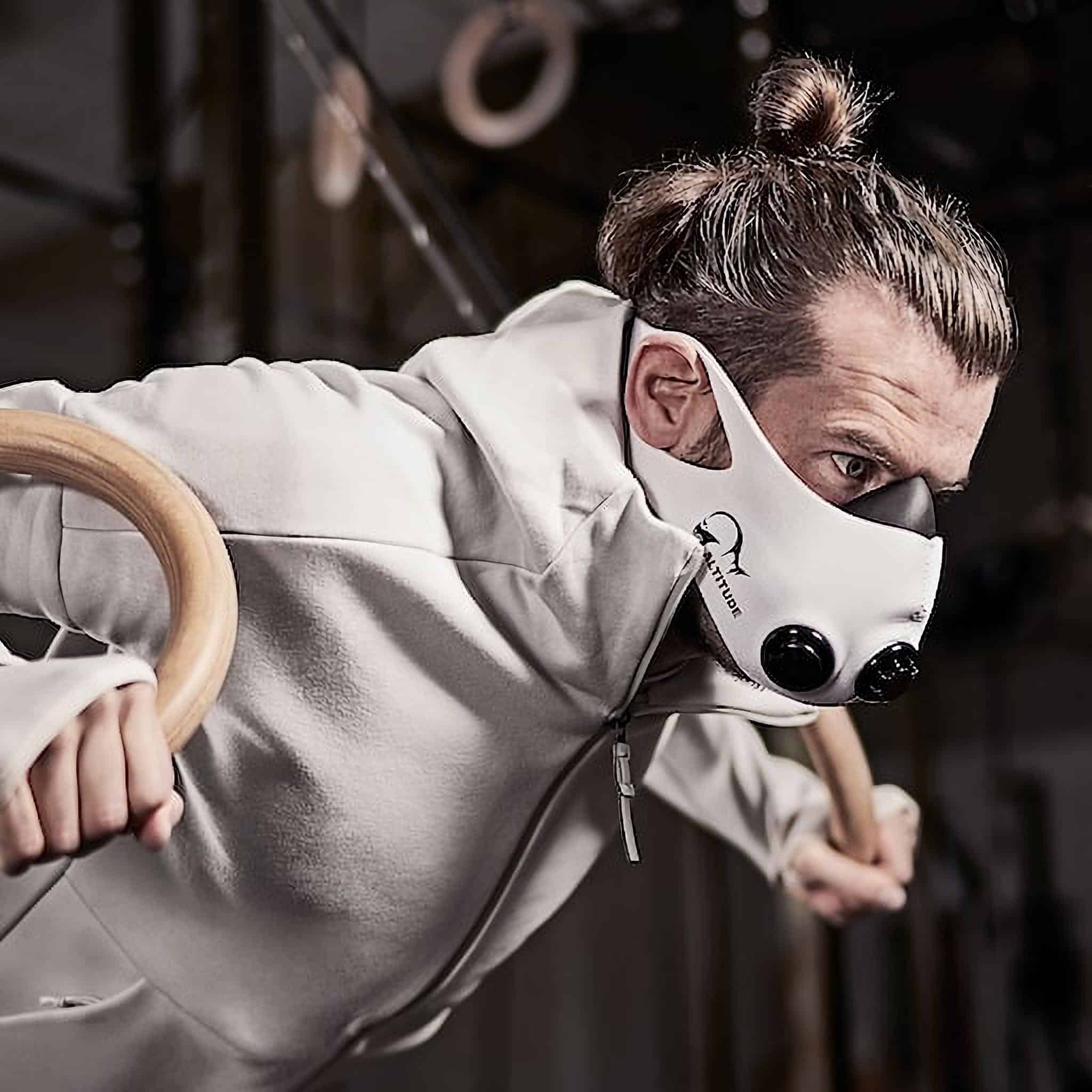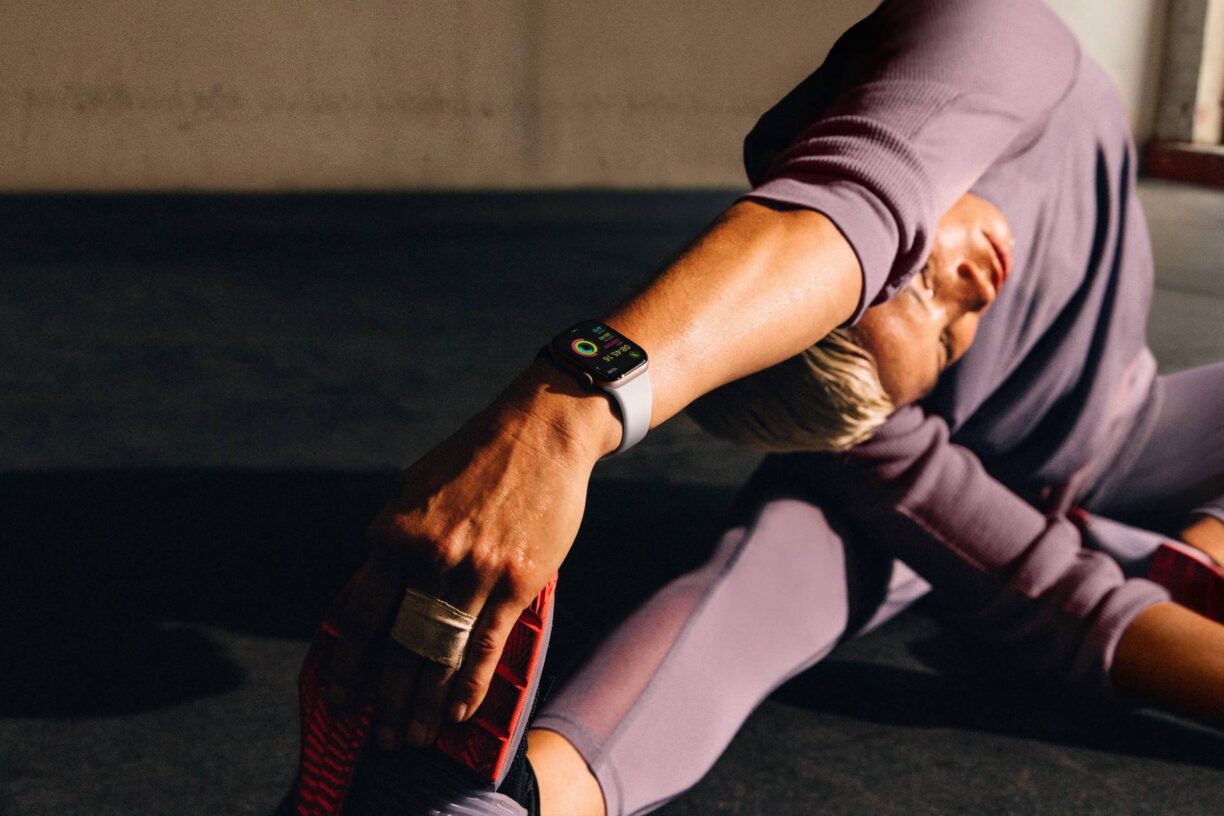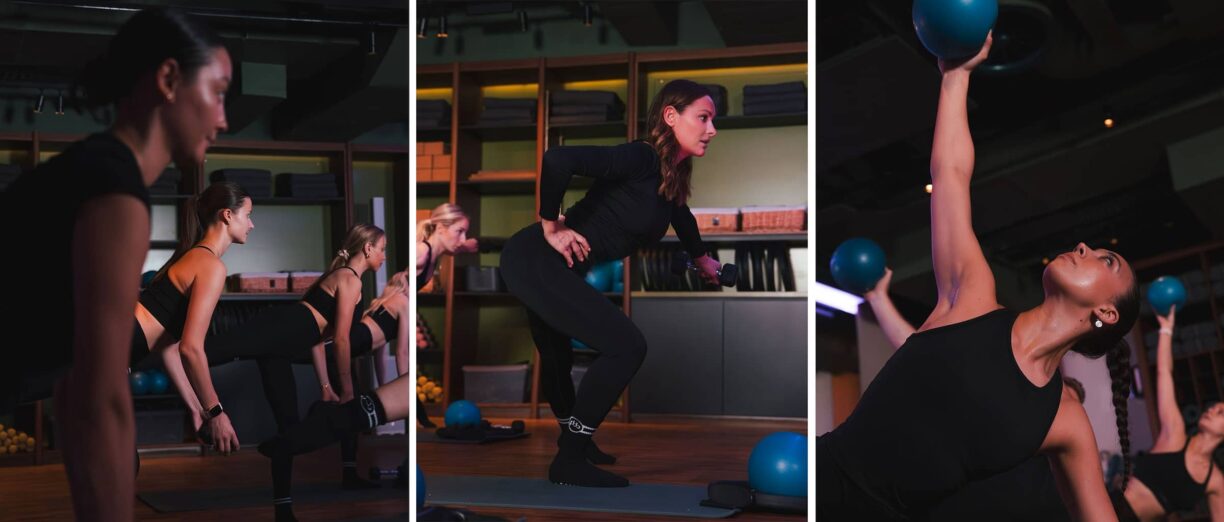You may have noticed a masked man in your gym recently. Why? Just who is this masked avenger? Although his appearance might raise an eyebrow to the unfamiliar, this mysterious gym-goer might just be onto something.
Just ask Anthony Joshua, Gareth Bale or Dele Ali, who incorporate elevation mask training (EMT) into their fitness regiment. A number of former UFC champions are also EMT enthusiasts such as Rashad Evans, Dominick Cruz, Junior Dos Santos and Frankie Edgar.
Altitude Resistance Mask founder and CEO Sammer Sommers has said: “The athletes love it. And I think our athletes speak for themselves. When they’ve been using it, their performances have increased. Gareth Bale is a great example – he was injured and off the pitch for three months.”
“He came back and ended the season with an incredible finish. The same with Anthony Joshua and the Klitschko fight. He was training with the mask six months before the fight and he came in and his endurance spoke for itself.”
“Even though he tagged out he pushed on the last one per cent to take the knockdown.”
What exactly is elevation mask training? What is the science behind EMT and how can it take your fitness to new heights?
Elevation mask training is designed to simulate exercising (or fighting in boxing’s case) at a higher altitude. Exercising at higher altitudes puts a much higher demand on your cardiovascular system.
Just look at UFC 278 in August 2022; the event being held in the highly elevated Salt Lake City meant fighters had less oxygen to breathe and as a result, looked visibly exhausted.
So what is the science behind these masks? The mask’s flux valve system and resistance caps can reduce breathing frequency during exercise, which can potentially result in arterial hypoxemia (i.e. low levels of oxygen in the blood).
It has been suggested that rather than acting as a simulation of high-altitude, the peripheral air resistance generated by the ETM may directly stress breathing musculature, therefore, acting more as a respiratory muscle training (RMT) device.
In theory, RMT may induce respiratory muscle fatigue and increase respiratory muscle strength, lung capacity, and oxygen efficiency over time.
Although acting as more of a respiratory training device than an elevation simulator, they do force your lungs to work harder and improve your lung capacity, therefore taking your fitness to the next level.
Leon Bolmeer runs Geezers Boxing, the UK’s leading online boxing retailer. Sharing his expertise on altitude training, Leon said “ When training with an elevation mask, the heart and lungs have to work harder.
Elevation masks are thus used to imitate altitude training to improve lung capacity, anaerobic thresholds, and oxygen efficiency. Altitude training is often used by boxers eager to take their performance to the next level.
Not only will you increase your endurance, but you’ll notice that your speed and strength benefit from this training too. It can help you reduce the amount of time you take during your workout, with some masks boasting that your 60-minute workout can be completed in 20 instead.”





